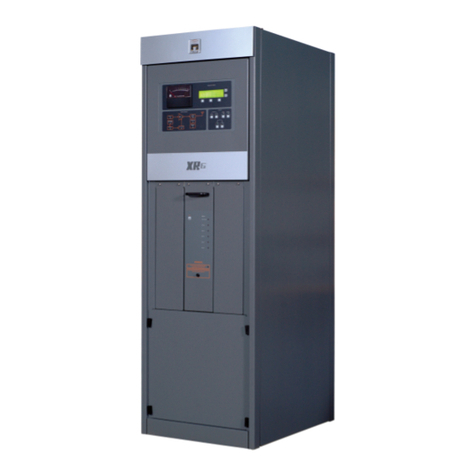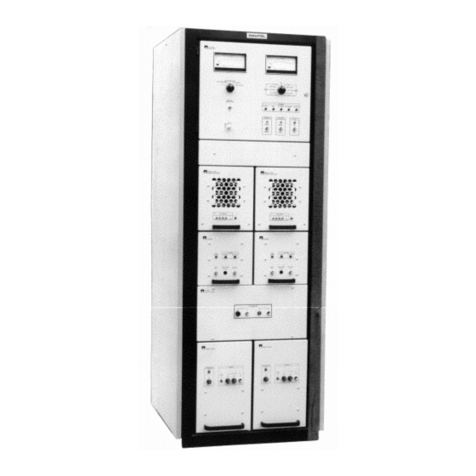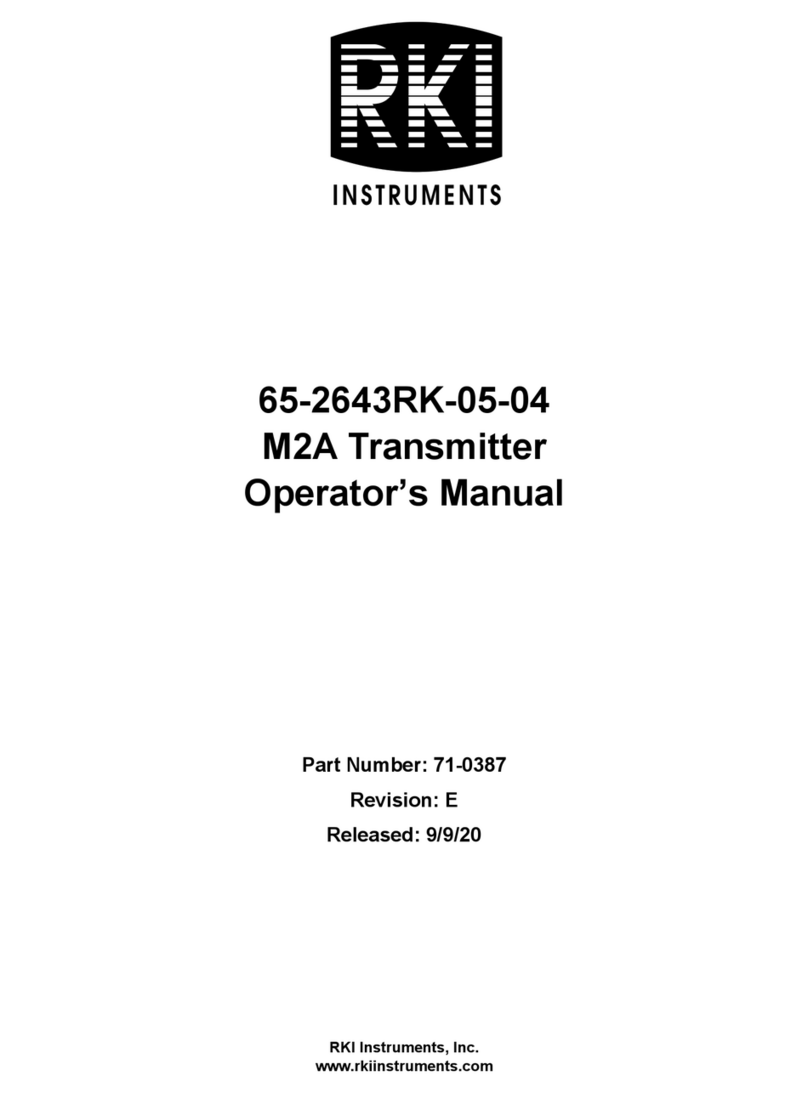Nautel NX Series Installation guide
Other Nautel Transmitter manuals
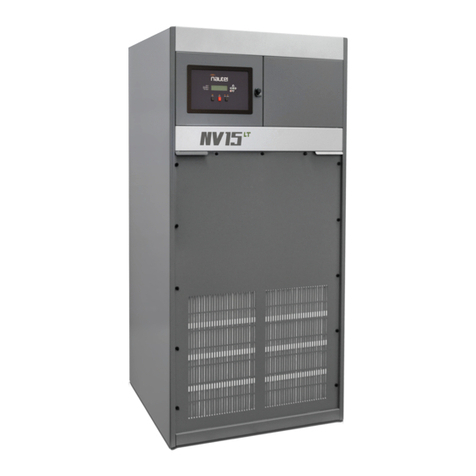
Nautel
Nautel NV20LT User manual
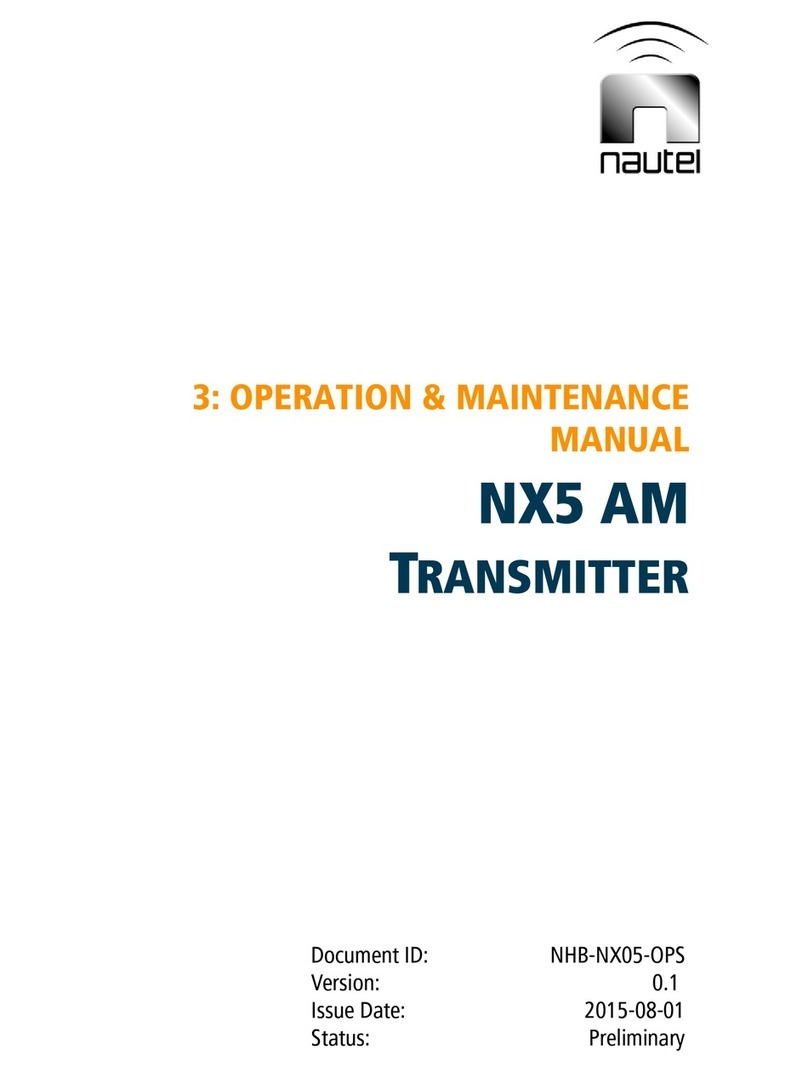
Nautel
Nautel NX5 AM Manual
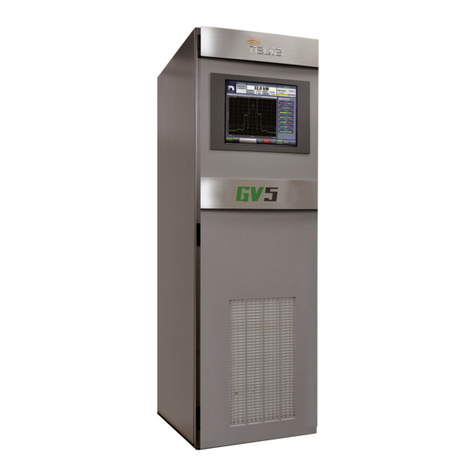
Nautel
Nautel GV5 Manual
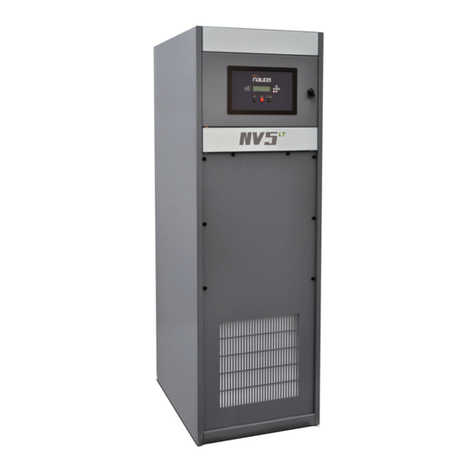
Nautel
Nautel NV5LT Programming manual
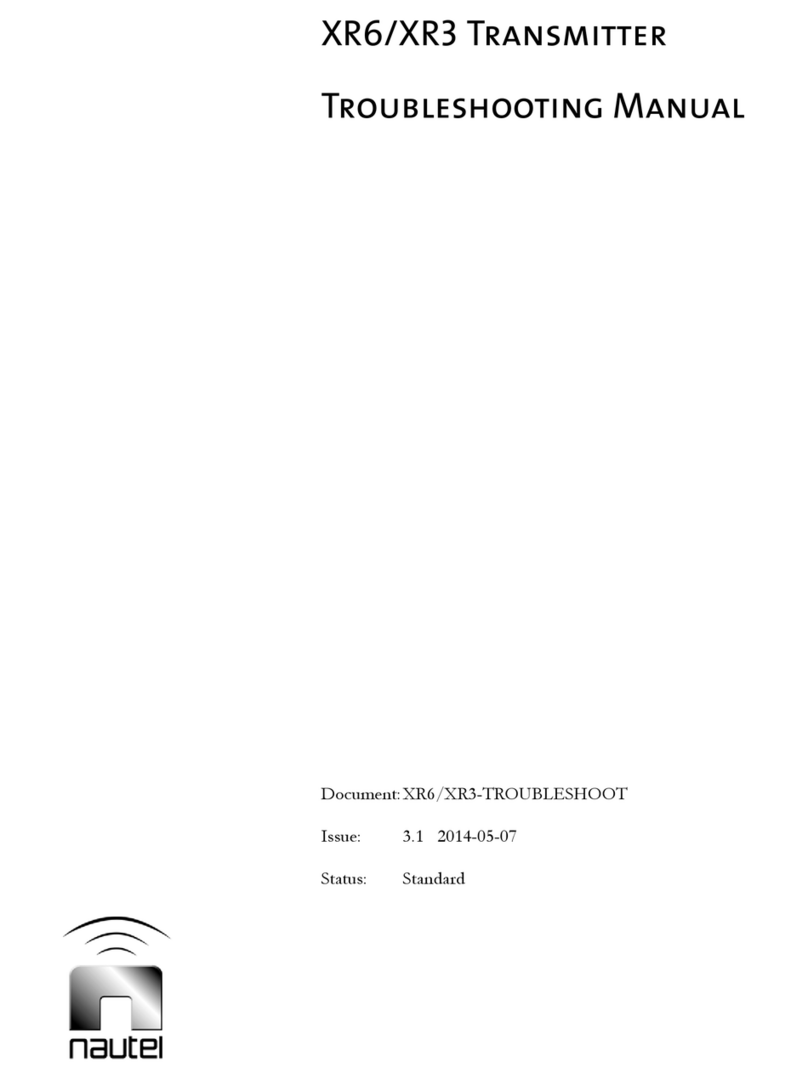
Nautel
Nautel XR6 Programming manual

Nautel
Nautel VS300 User manual
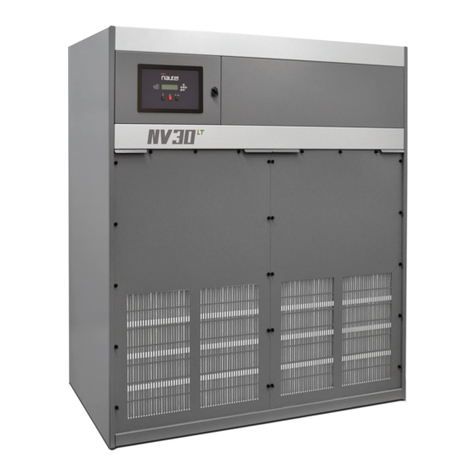
Nautel
Nautel NV40 Programming manual
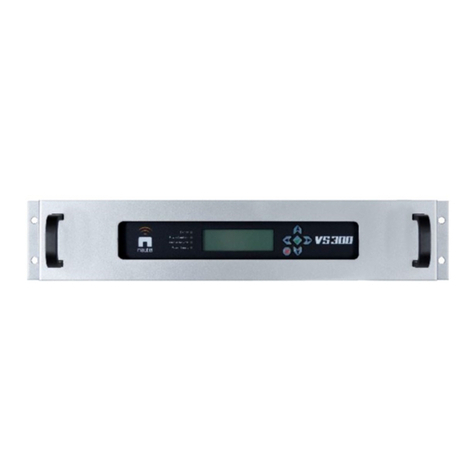
Nautel
Nautel VS300 User manual

Nautel
Nautel GV20 User manual
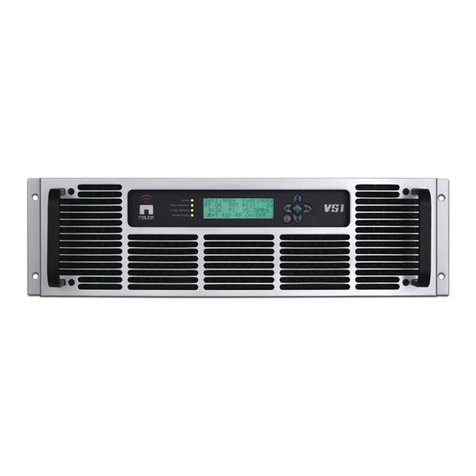
Nautel
Nautel VS1 User manual
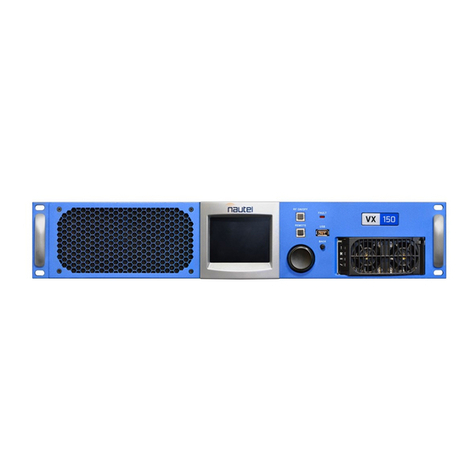
Nautel
Nautel VX150 User manual
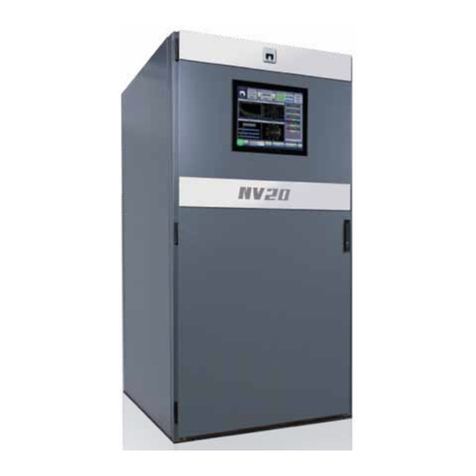
Nautel
Nautel NV15 User manual

Nautel
Nautel XR6 User manual

Nautel
Nautel NX15 User manual
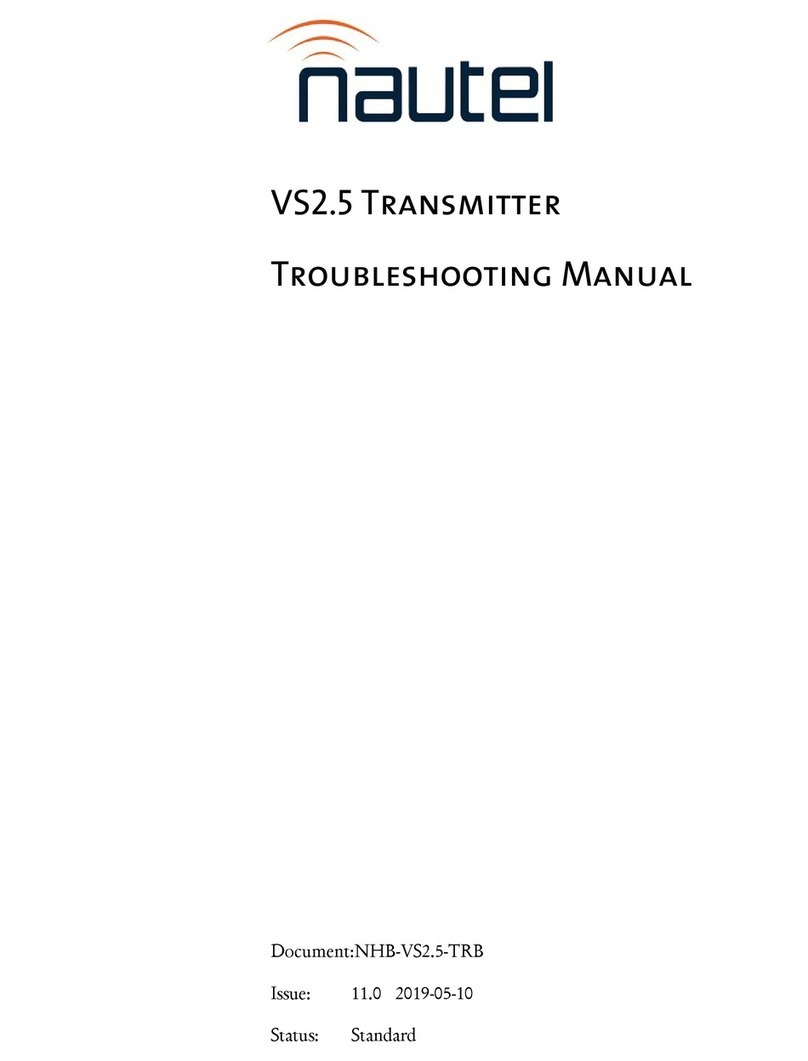
Nautel
Nautel VS2.5 Programming manual
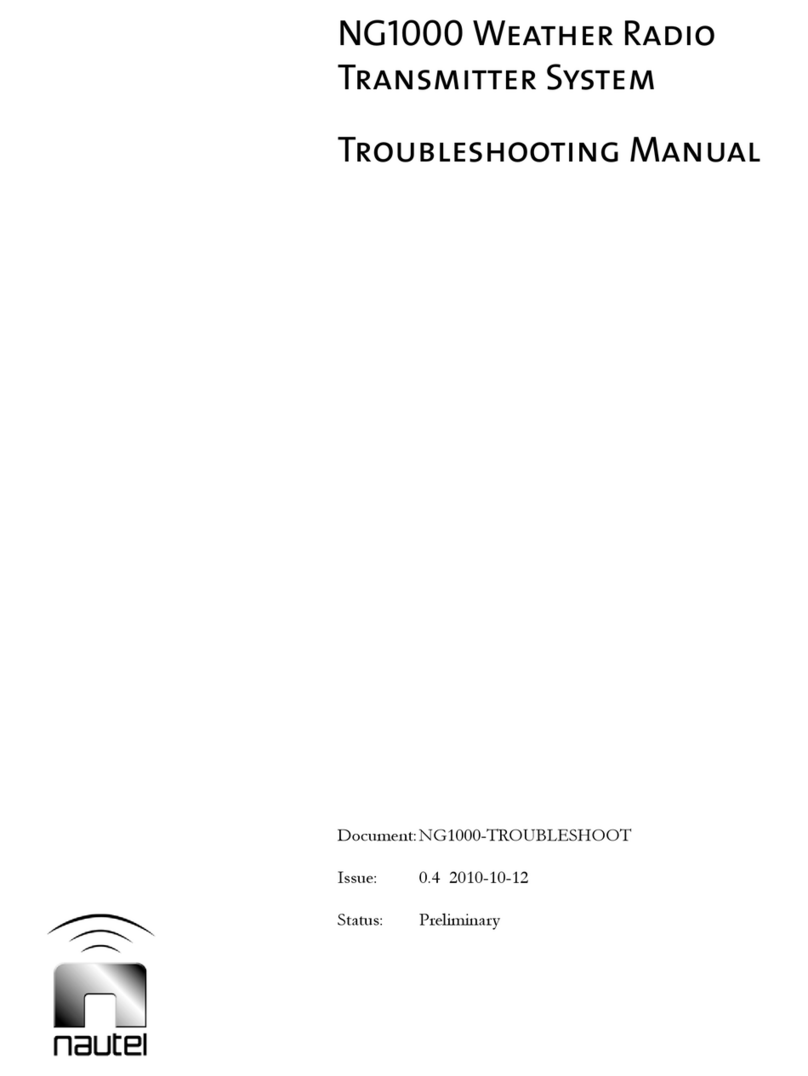
Nautel
Nautel NG1000 Programming manual
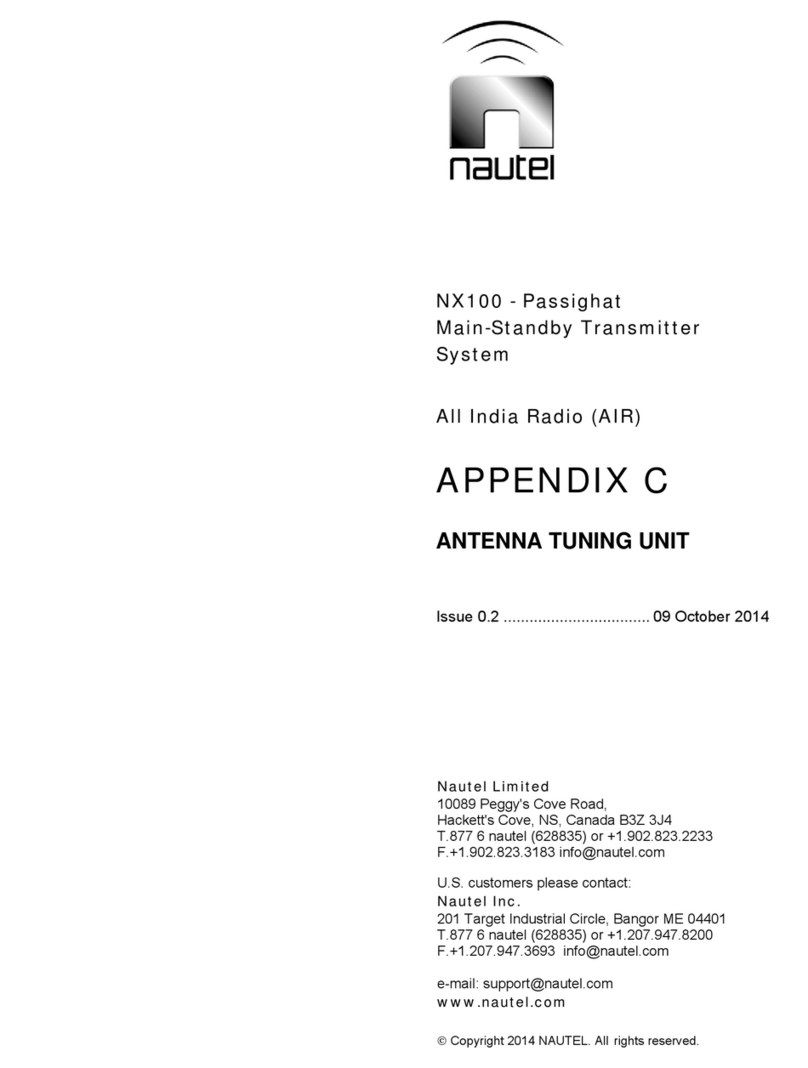
Nautel
Nautel NX100 User manual
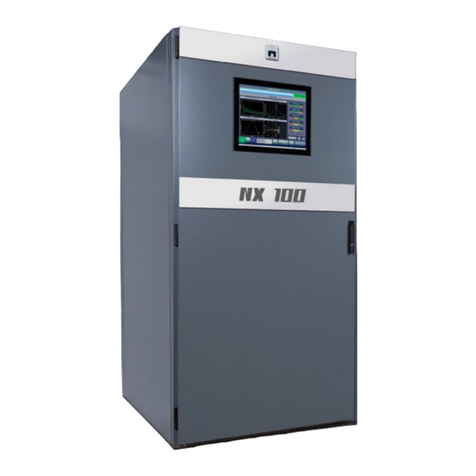
Nautel
Nautel NX100 User manual
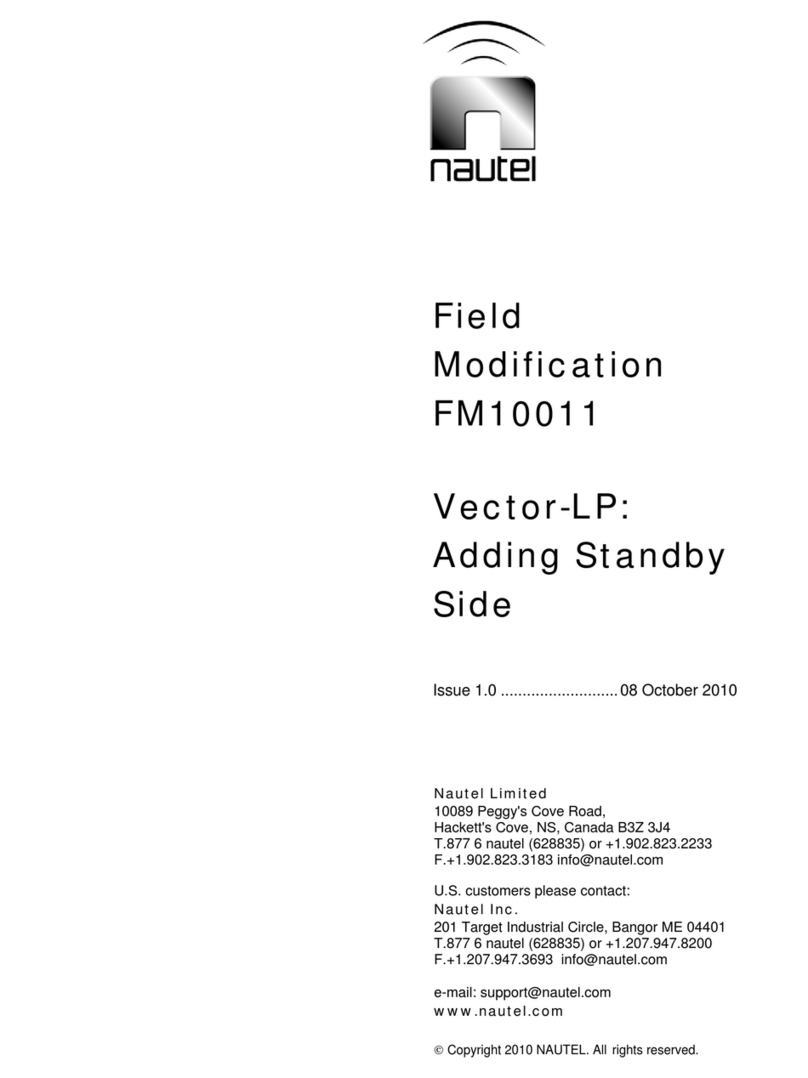
Nautel
Nautel FM10011 User manual

Nautel
Nautel VX150 Manual
Popular Transmitter manuals by other brands

Inovonics
Inovonics EchoStream EN1210W installation instructions

IKONNIK
IKONNIK KA-6 quick start guide

Rohde & Schwarz
Rohde & Schwarz SR8000 Series System manual

Audio Technica
Audio Technica UniPak ATW-T93 Installation and operation

NIVELCO
NIVELCO EasyTREK SCA-300 Series Programming manual

Honeywell
Honeywell 5816WMBR installation instructions


